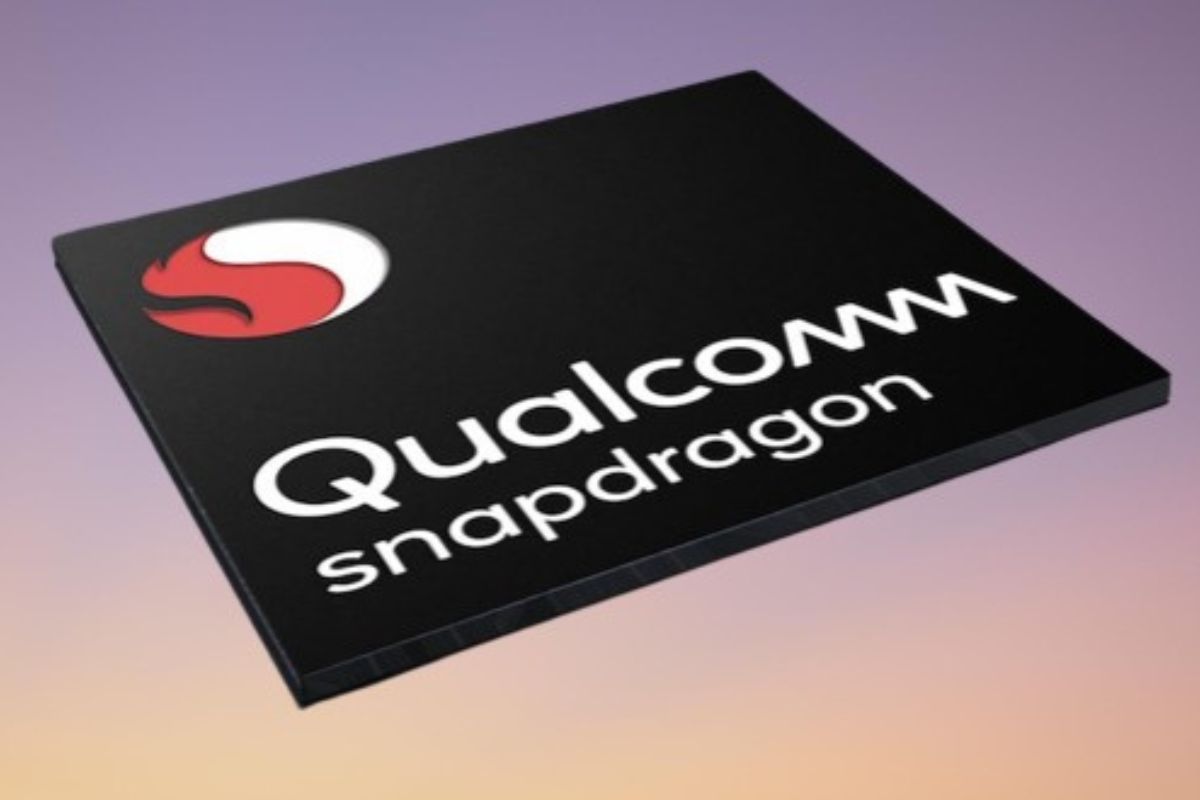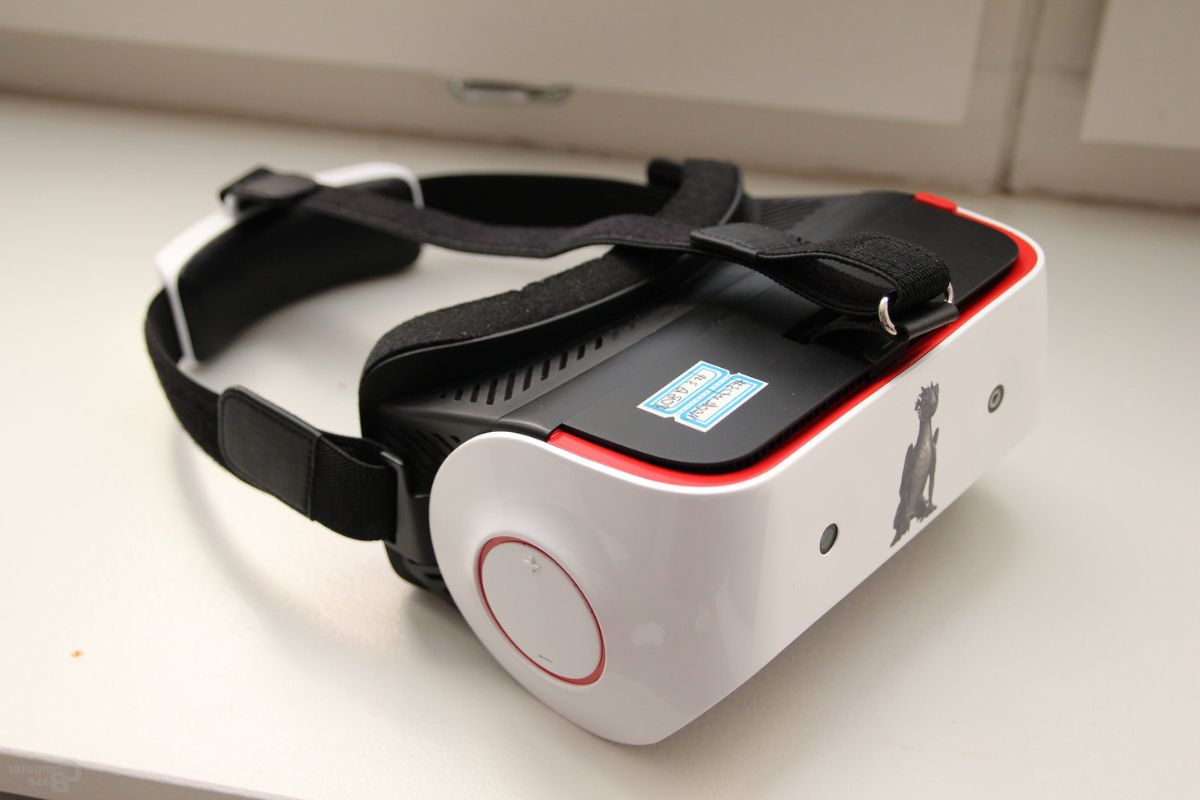Qualcomm’s Latest Chip: As the world of virtual and augmented reality continues to evolve, Samsung and Google are poised to make their mark with an eagerly anticipated joint venture: a high-end mixed reality headset.
And at the heart of this technological marvel lies Qualcomm’s latest creation, the Snapdragon XR2 Plus Gen 2 chip. With its cutting-edge capabilities and seamless connectivity, this chip has the potential to revolutionize the mixed reality landscape.
But what exactly sets this chip apart from its predecessors and competitors? How will it drive Samsung and Google’s next headset to new heights?
In this discussion, we will explore the features and possibilities of Qualcomm’s XR2 Plus Gen 2 chip, shedding light on the future of mixed reality and leaving readers eager to uncover the full potential of this collaboration.
Key Takeaways
- Samsung and Google’s joint venture positions them as formidable contenders in the mixed reality market.
- Qualcomm’s Snapdragon XR2 Plus Gen 2 chip revolutionizes the mixed reality landscape with improved graphics and advanced sensor technology.
- The connectivity revolution driven by Qualcomm’s chip with Wi-Fi 7 support allows for faster and more reliable connections and cross-device collaboration.
- The high-end mixed reality headset promises enhanced graphics, minimal lag, real-time multiplayer capabilities, and seamless connectivity with smartphones.
Samsung and Google’s Joint Venture: Unveiling High-End Mixed Reality Headset
Samsung and Google are set to unveil a high-end mixed reality headset, equipped with Qualcomm’s latest Snapdragon XR2 Plus Gen 2 processor, positioning themselves as formidable contenders in the competitive world of mixed reality technology.
Also Read: Qualcomm Chips for Automotive: Powering BMW and Mercedes Infotainment Systems
This joint venture between two tech giants marks a significant milestone in the race to dominate the mixed reality market. With enhanced graphics, higher-resolution displays, and improved camera quality, this headset promises to deliver a truly immersive mixed reality experience.
Samsung and Google are clearly focused on challenging Apple’s Vision Pro and other industry leaders in this rapidly evolving space. By leveraging Qualcomm’s cutting-edge processor, they aim to offer users a seamless blend of virtual and augmented reality, pushing the boundaries of what is possible in the realm of mixed reality technology.
Get ready to be transported to a whole new dimension of digital experiences.
Qualcomm’s Technological Marvel: Snapdragon XR2 Plus Gen 2 Takes Center Stage
Qualcomm’s Snapdragon XR2 Plus Gen 2 chip emerges as a technological marvel, revolutionizing the mixed reality landscape with its advanced capabilities and unparalleled performance. This cutting-edge processor supports up to 4.3K pixel resolution per eye at a 90Hz refresh rate, delivering an immersive visual experience. But that’s not all. The chip’s prowess extends beyond visuals, supporting up to 12 cameras and sensors simultaneously. This means that advanced features like eye and face tracking can be seamlessly integrated into mixed reality experiences. To showcase the chip’s capabilities, take a look at the following table:
| Feature | Capability |
|---|---|
| Visual Performance | 4.3K pixel resolution per eye at a 90Hz refresh rate |
| Camera and Sensor Count | Support for up to 12 cameras and sensors simultaneously |
| Advanced Features | Eye and face tracking capabilities |
| Immersive Experience | Unparalleled performance that enhances the mixed reality world |
With Snapdragon XR2 Plus Gen 2, Qualcomm has set the stage for a new wave of mixed reality devices with improved visuals and enhanced sensors. This chip is a game-changer, pushing the boundaries of what is possible in the mixed reality landscape.
Connectivity Revolution: Wi-Fi 7 Support and Cross-Device Collaboration
The next frontier in mixed reality technology is the connectivity revolution, driven by the Wi-Fi 7 support and cross-device collaboration capabilities of Qualcomm’s latest chip. This revolution will transform the way we interact with our headsets, creating a seamless and immersive experience.
Here’s a glimpse of what this connectivity revolution entails:
- Lightning-fast connections: With Wi-Fi 7 support, headsets can establish faster and more reliable connections to laptops, tablets, and phones. This means minimal lag and enhanced performance, allowing users to fully immerse themselves in virtual worlds.
- Collaborative computing: Qualcomm envisions a future where headsets collaborate with other devices, sharing processing power, AI functions, and sensors. This cross-device collaboration will unlock new possibilities, such as real-time multiplayer experiences and enhanced artificial intelligence capabilities.
- Breaking down barriers: The connectivity revolution aims to break down barriers between devices, providing users with a comprehensive computing experience. Whether it’s seamlessly transferring content between devices or accessing data from multiple sources, this revolution will enhance productivity and convenience.
Samsung and Google’s Strategic Secrecy: Leveraging Qualcomm’s Capabilities
Strategically shrouded in secrecy, the collaboration between tech giants Samsung and Google is poised to leverage the cutting-edge capabilities of Qualcomm’s advanced chip for their upcoming mixed reality headset.
As both companies remain tight-lipped about their plans, the integration of Qualcomm’s chip hints at a strategic move towards high-end, pro-focused headsets.
By utilizing Qualcomm’s advanced technology, Samsung and Google aim to deliver a device that connects seamlessly with smartphones, offering compatibility with 2D apps from Google’s Play store.
This integration with Google’s Android ecosystem allows for a comprehensive approach to connectivity and functionality, giving the headset a competitive edge.
With their strategic secrecy and Qualcomm’s capabilities, Samsung and Google are set to disrupt the mixed reality market, keeping their competitors on their toes.
Qualcomm’s XR2 Plus Gen 2: A Contender in the Mixed Reality Landscape
The introduction of Qualcomm’s XR2 Plus Gen 2 chip marks a significant advancement in the highly competitive mixed reality landscape. With its enhanced capabilities, this chip has the potential to revolutionize the way we experience mixed reality. Here are three key features that make Qualcomm’s XR2 Plus Gen 2 a strong contender in the mixed reality market:
- Improved visuals: The XR2 Plus Gen 2 chip offers enhanced graphics processing, enabling more realistic and immersive visuals. Users can expect stunning detail, vibrant colors, and smooth rendering of complex virtual environments.
- Advanced sensors: This chip incorporates advanced sensor technology, including precise motion tracking and accurate depth sensing. These sensors enable users to interact with virtual objects in a more natural and intuitive way, enhancing the overall mixed reality experience.
- Seamless connectivity: The XR2 Plus Gen 2 chip supports high-speed wireless connectivity, allowing for seamless streaming and sharing of mixed reality content. Users can enjoy lag-free experiences and easily connect their devices to other compatible peripherals.
With its impressive features, Qualcomm’s XR2 Plus Gen 2 chip is poised to drive the next generation of high-end mixed reality devices and elevate the overall mixed reality landscape.
Conclusion Of Qualcomm’s Latest Chip
The partnership between Samsung, Google, and Qualcomm has paved the way for a high-end mixed reality headset that promises to revolutionize the way we experience virtual worlds. With Qualcomm’s Snapdragon XR2 Plus Gen 2 chip at its core, this headset boasts cutting-edge technology and seamless connectivity.
The collaboration between these tech giants has resulted in a product that is set to make waves in the mixed reality landscape, offering users an immersive and interactive experience like never before.
Our Reader’s Queries
What is the new chip from Qualcomm?
The latest Qualcomm chip, the Snapdragon XR2+ Gen 2, is a significant upgrade from its predecessor, the Snapdragon XR2 Gen 2, which was utilized in the Meta Quest 3 priced at $499.99. The new chip boasts enhanced graphics and supports sharper screens, making it a top-of-the-line choice for tech enthusiasts.
What is the newest Qualcomm processor?
Qualcomm has unveiled its latest computing processor, the Snapdragon X Elite platform, which is set to be the most powerful yet. The chips, which are built on a 4nm process and boast an impressive 136GB/s of memory bandwidth, include the newly announced Qualcomm Oryon. These cutting-edge processors are expected to be available in PCs by mid-2024.
What is the most powerful chipset of Qualcomm?
Qualcomm Technologies has unveiled the Snapdragon X Elite, a powerful computing processor aimed at boosting AI performance on PCs. This announcement was made during the Snapdragon Summit, where Qualcomm also revealed plans to enhance AI-focused processing on mobile devices and Windows computers. The Snapdragon X Elite is set to revolutionize the way we use technology, bringing cutting-edge AI capabilities to our fingertips.
Is Snapdragon 8 Gen 3 released?
Xiaomi has made a splash with the release of their Xiaomi 14 series, which boasts the powerful Snapdragon 8 Gen 3 SoC. This chipset is set to become more widely available in Q1 2024, with many smartphone manufacturers adopting it.




